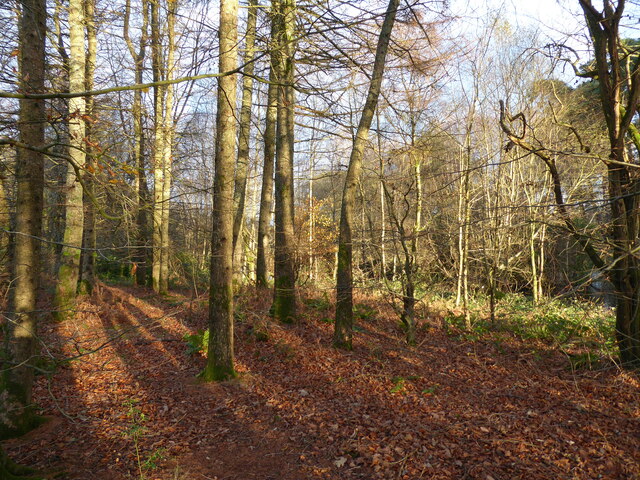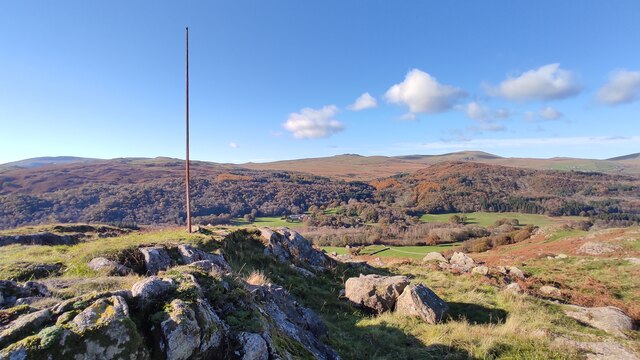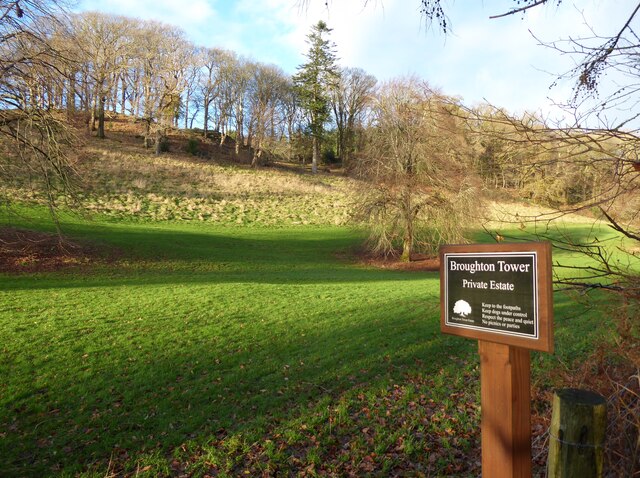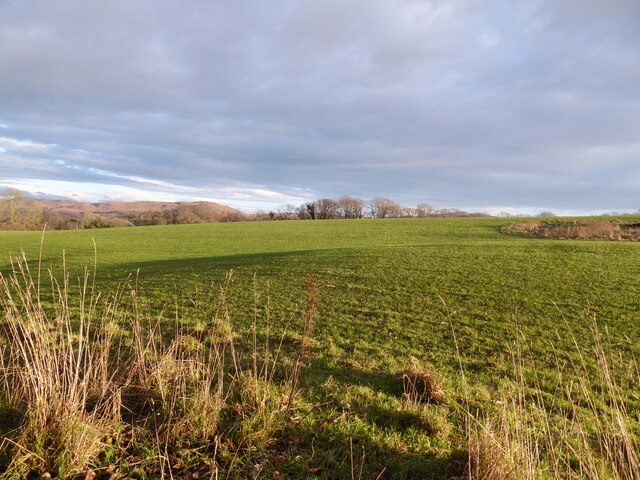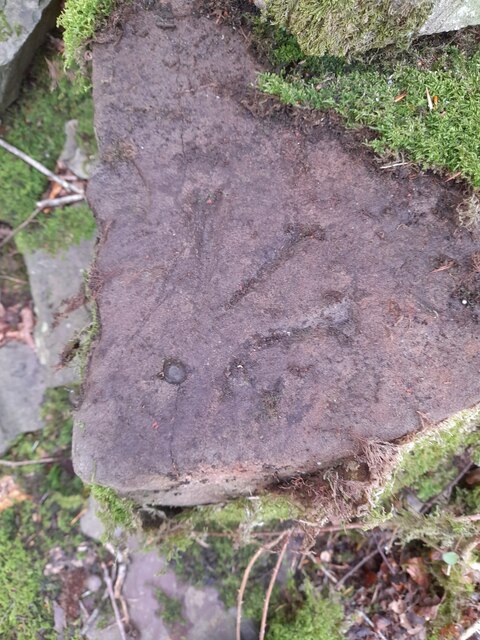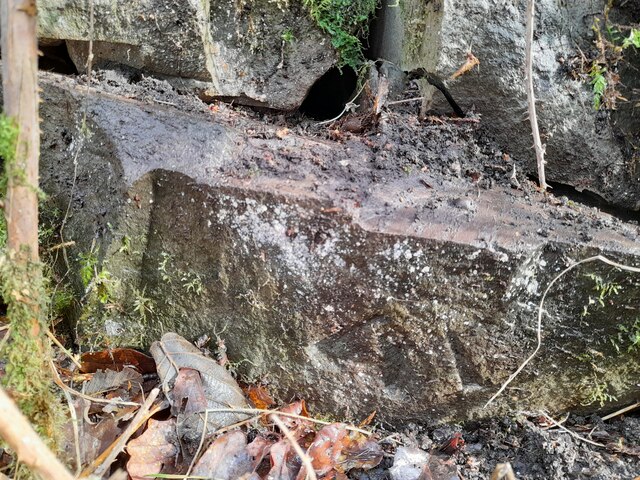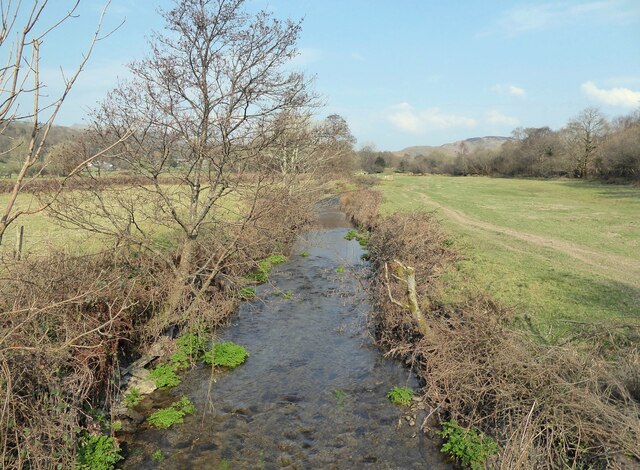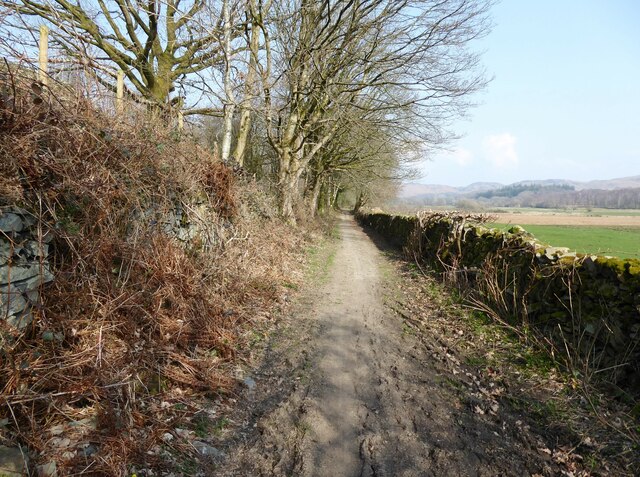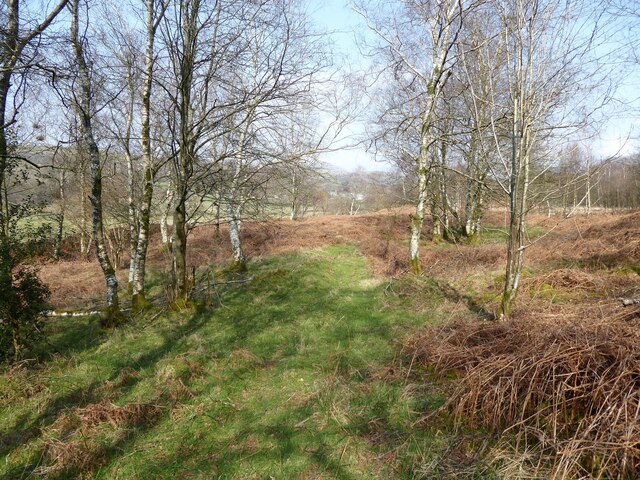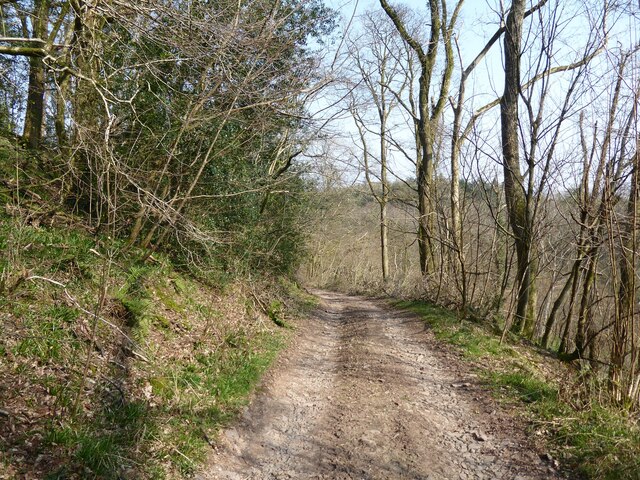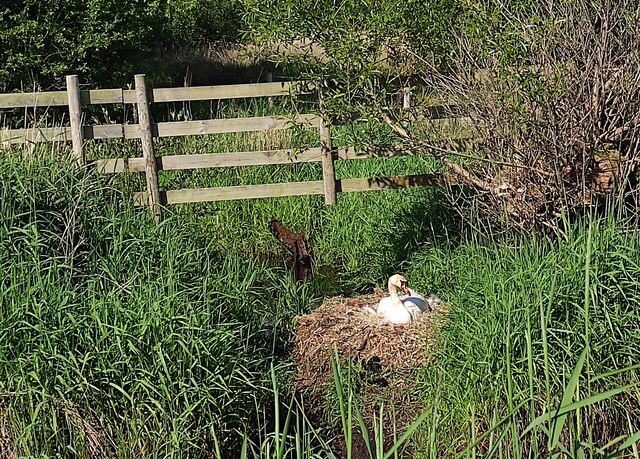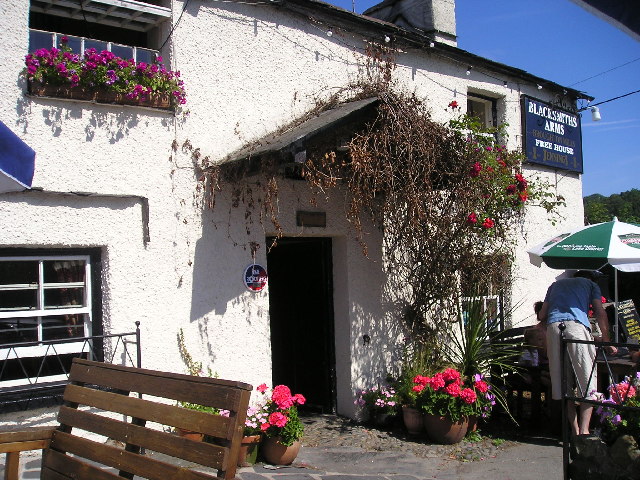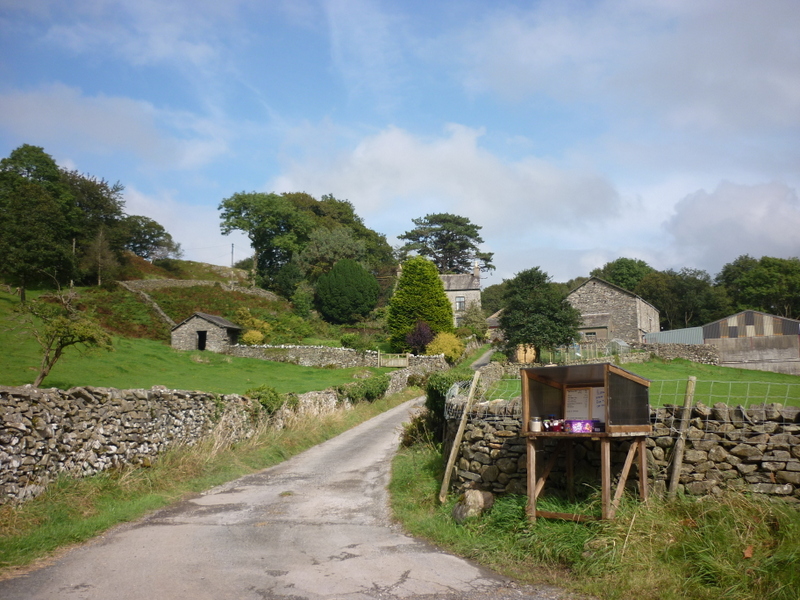Plumtree Bank Moss
Downs, Moorland in Lancashire South Lakeland
England
Plumtree Bank Moss
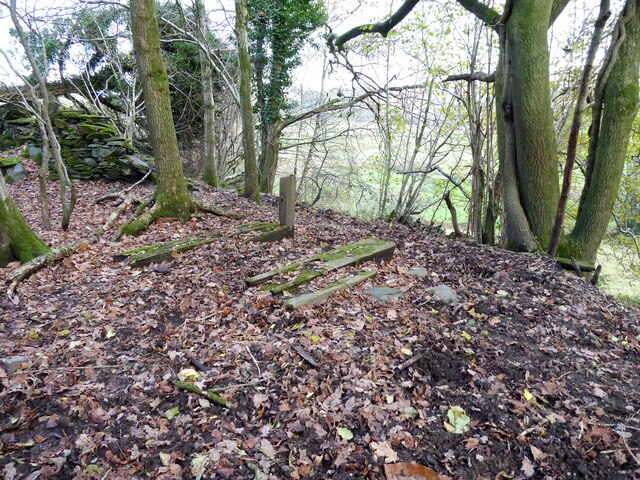
Plumtree Bank Moss is a vast area located in the county of Lancashire, England. Situated amidst the rolling landscape, it spans over a large expanse of downs and moorland. The moss is predominantly covered by a mosaic of various types of vegetation, including heather, grasses, and low-lying shrubs.
The downs of Plumtree Bank Moss are characterized by gentle slopes and undulating terrain. They offer breathtaking panoramic views of the surrounding countryside, making it a popular destination for outdoor enthusiasts and nature lovers. The downs are home to a diverse range of plant species, such as bilberry, harebell, and cotton grass, providing a rich habitat for various insects, birds, and small mammals.
The moorland of Plumtree Bank Moss is a unique ecosystem, known for its boggy and waterlogged terrain. It is dominated by sphagnum moss, which forms a thick layer across the ground, giving it a characteristic spongy texture. This type of moss is vital for water retention, and it plays a crucial role in maintaining the area's hydrology.
Plumtree Bank Moss is also home to several rare and endangered species, including the black grouse and the common lizard. The area is a designated Site of Special Scientific Interest (SSSI), highlighting its importance for conservation.
Visitors to Plumtree Bank Moss can enjoy a range of recreational activities, such as hiking, birdwatching, and nature photography. The tranquil and unspoiled environment provides a serene escape from the hustle and bustle of urban life, making it a haven for those seeking solace in nature.
If you have any feedback on the listing, please let us know in the comments section below.
Plumtree Bank Moss Images
Images are sourced within 2km of 54.295708/-3.197808 or Grid Reference SD2289. Thanks to Geograph Open Source API. All images are credited.

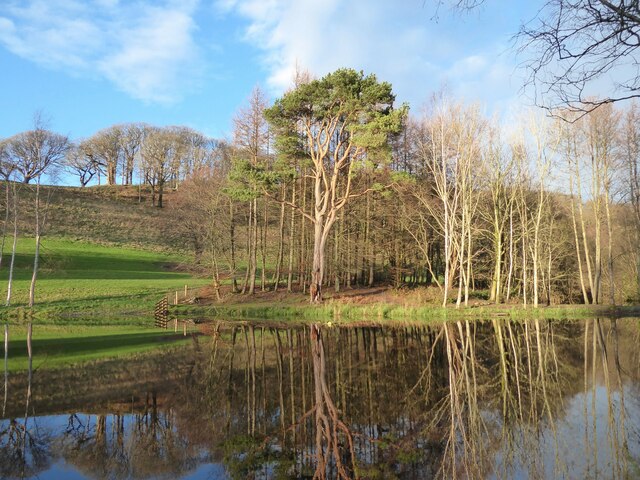
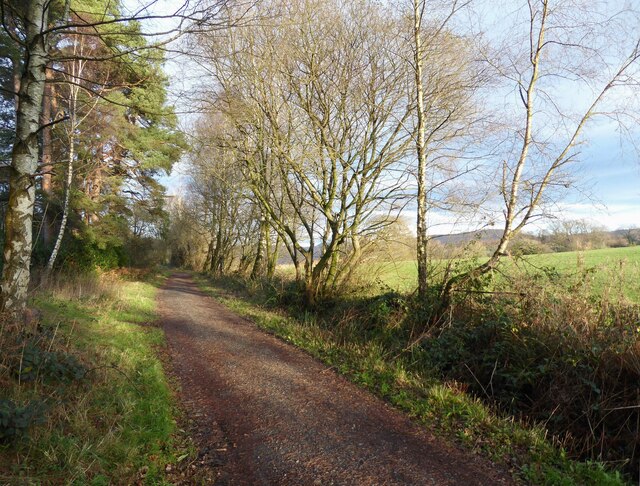
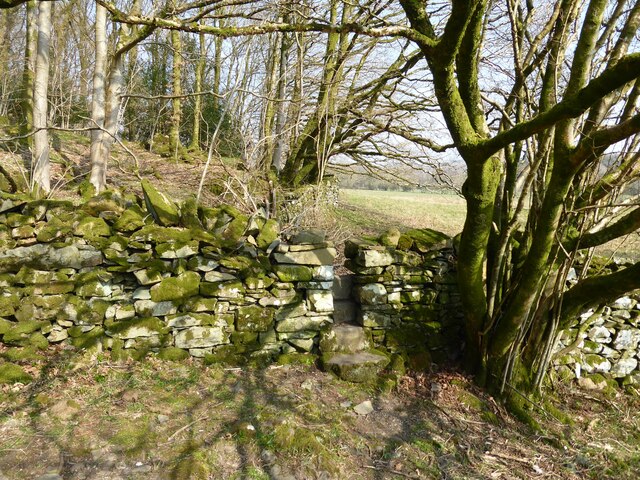
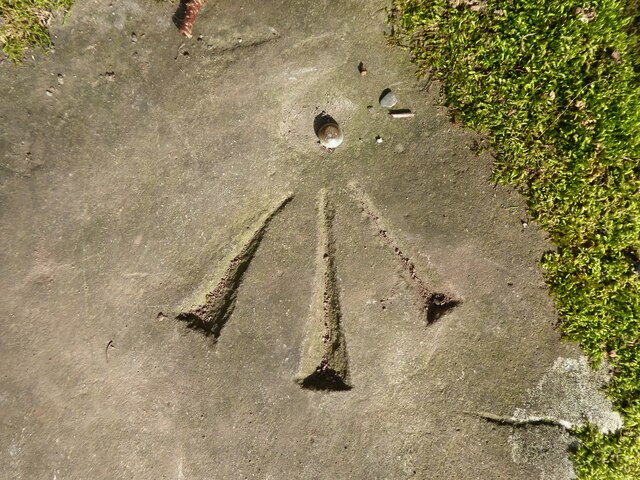
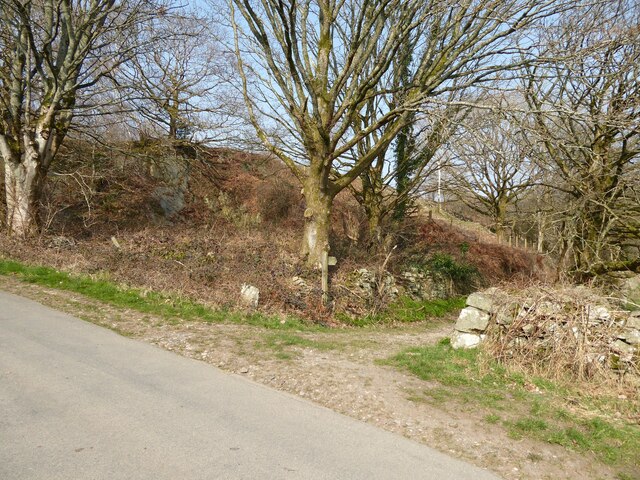
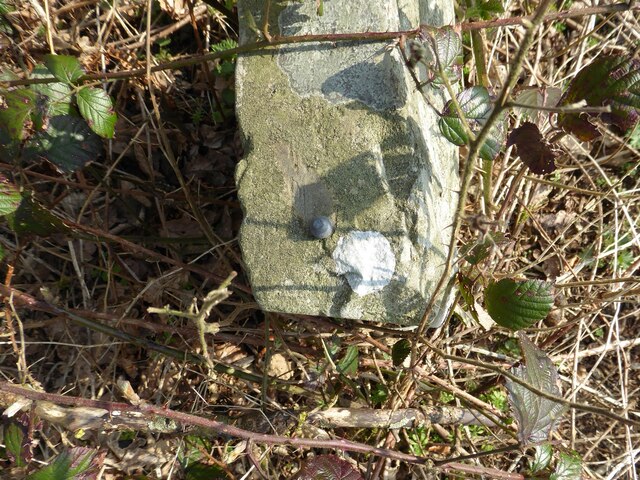
Plumtree Bank Moss is located at Grid Ref: SD2289 (Lat: 54.295708, Lng: -3.197808)
Administrative County: Cumbria
District: South Lakeland
Police Authority: Cumbria
What 3 Words
///secure.supposing.cuddled. Near Millom, Cumbria
Nearby Locations
Related Wikis
Broughton Mills
Broughton Mills is a village in Cumbria, England, located 3.5 kilometres from the larger town of Broughton-in-furness. The village consists of about 40...
Broughton West
Broughton West is a civil parish in the Westmorland and Furness district of Cumbria, England. In the 2001 census the parish had a population of 954, decreasing...
Blacksmiths Arms, Broughton Mills
The Blacksmiths Arms is a Grade II listed public house at Broughton Mills, Cumbria, England.It is on the Campaign for Real Ale's National Inventory of...
Rosthwaite, Broughton West
Rosthwaite is a settlement in the Broughton West civil parish of Westmorland and Furness, Cumbria England. It is part of the Lake District, 3 miles (4...
Woodland railway station
Woodland railway station served the hamlet of Woodland, in Lancashire, England (now in Cumbria). It was on the branch line to Coniston. == History == Authorised...
Broughton-in-Furness
Broughton in Furness is a market town in the civil parish of Broughton West in the Westmorland and Furness district of Cumbria, England. It had a population...
Great Stickle
Great Stickle is a fell located in the southern Lake District of England with an altitude of 305 m (1,001 ft). Alfred Wainwright included it in the Stickle...
Broughton-in-Furness railway station
Broughton-in-Furness railway station served the market town of Broughton-in-Furness, in Lancashire, England (now in Cumbria). It was on the branch line...
Related Videos
Caw from The Hawk
Exploring some Outlying Wainwights from The Hawk.
The best ride I have had in the Lake District and a Perfect Pint Awaits!
I Ride through the best Lake District countryside that I have seen so far and I meet a Barmen called Zack in a country Inn with the ...
The glorious western Lake District from above on a perfect evening.
Shot on Insta360 Sphere strapped to a DJI Air2 s The zoom towards the end is towards Scafell Pike, Englands highest hill.
Finding the Swinside Stone Circle
A lovely little walk from Duddon Bridge to the Swinside Stone Circle. It's about 11km (7 miles) long.
Nearby Amenities
Located within 500m of 54.295708,-3.197808Have you been to Plumtree Bank Moss?
Leave your review of Plumtree Bank Moss below (or comments, questions and feedback).
